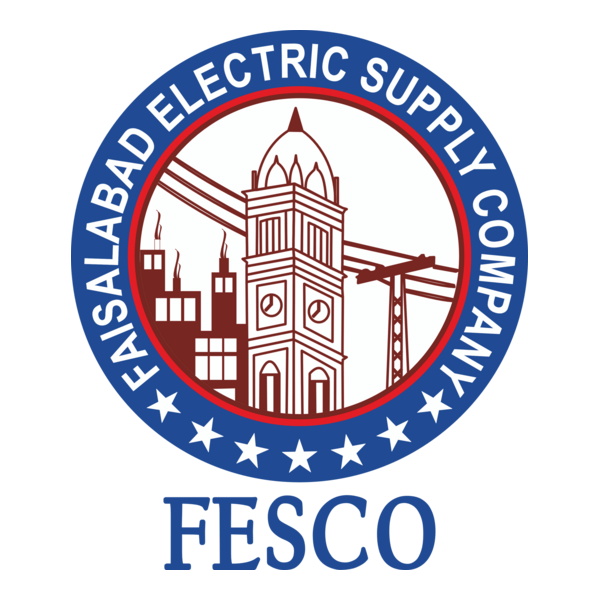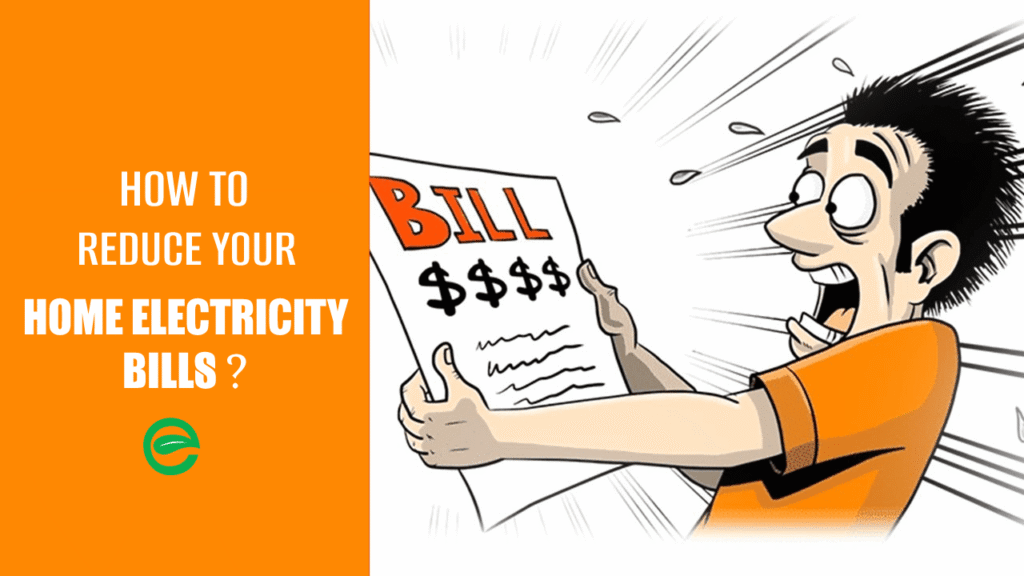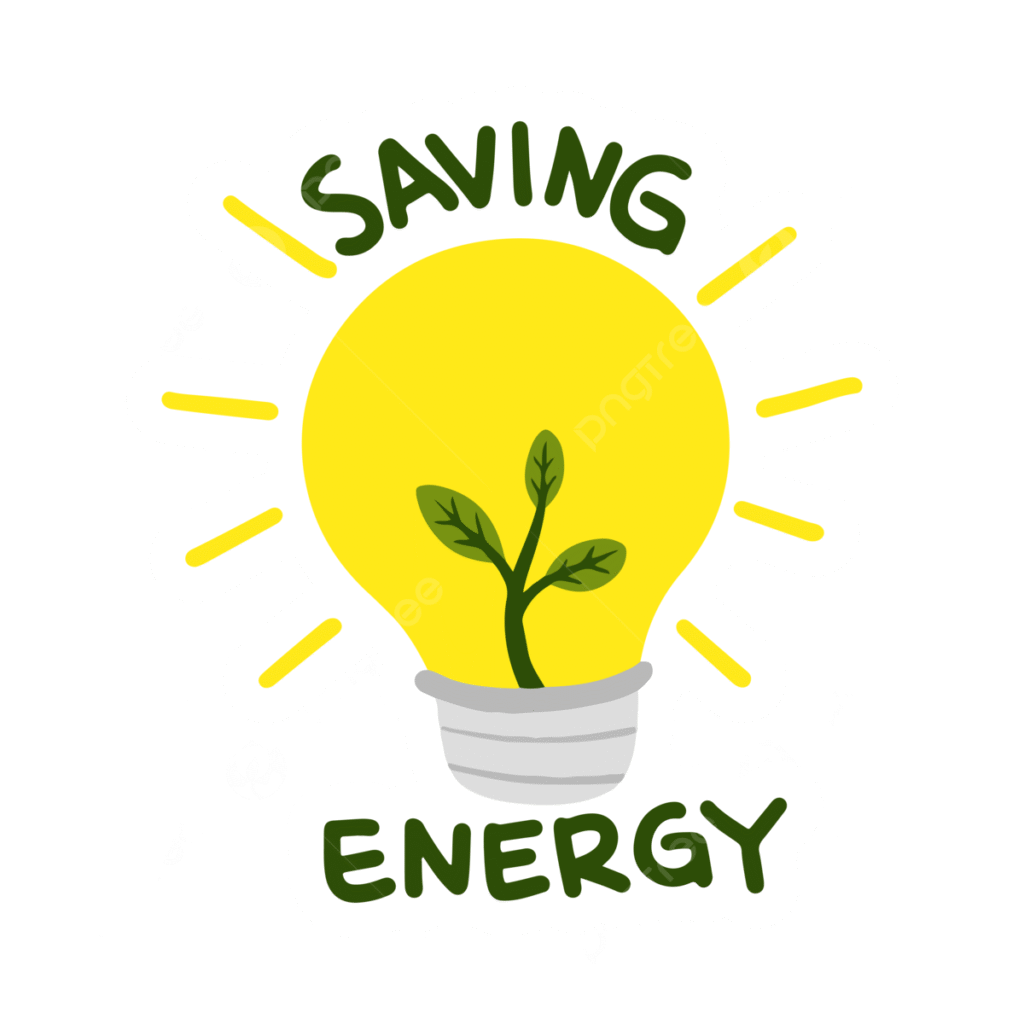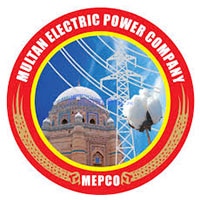
Check Your FESCO Electricity Bill
FESCO BILL

Reducing your electricity bill in Faislabad (or anywhere) involves a combination of smart habits, energy-efficient upgrades, and understanding your consumption patterns. Here’s a detailed breakdown:
I. Behavioral Changes & Daily Habits
These are often the easiest and cheapest ways to start saving:
- Turn Off Lights and Appliances:
- Lights: Always switch off lights when leaving a room, even for a short time. Utilize natural daylight as much as possible by opening curtains and blinds.
- Unplug “Vampire” Devices: Many electronics (TVs, chargers, computers, gaming consoles, microwaves, etc.) consume power even when turned off or in standby mode (known as “phantom load” or “vampire energy”). Unplug them or use power strips with switches to easily cut power to multiple devices. This can significantly reduce your bill over time.
- Computers: Put computers to sleep or shut them down when not in use.
- Optimize Heating and Cooling: (Crucial for Peshawar’s climate extremes)
- Thermostat Settings:
- Summer (AC): Set your AC to a moderate temperature (e.g., 26°C or higher). Every degree lower significantly increases consumption. Use ceiling fans in conjunction with AC to circulate cool air, allowing you to set the thermostat higher while still feeling comfortable.
- Winter (Heaters): If using electric heaters, set them to a comfortable but not overly warm temperature (e.g., 18-20°C). Overheating a room wastes a lot of energy.
- Zone Heating/Cooling: Only heat or cool the rooms you are actively using. Close doors to unoccupied rooms.
- Maintenance: Regularly clean or replace air filters in your AC and heating systems. Dirty filters make the systems work harder and consume more electricity. Have your HVAC system professionally serviced annually for optimal efficiency.
- Curtains/Blinds:
- Summer: Keep curtains and blinds closed during the day to block out sunlight and prevent heat gain.
- Winter: Open curtains during the day to let in natural sunlight and warmth, then close them at night to retain heat.
- Thermostat Settings:
- Smart Laundry Habits:
- Full Loads: Only run your washing machine and dryer (if you have one) when they are full.
- Cold Water Wash: Most modern detergents work effectively with cold water. Washing clothes in cold water saves a significant amount of energy used for heating water.
- Air Drying: Utilize natural sunlight and air to dry clothes whenever possible (clothesline outdoors or drying racks indoors). Tumble dryers are major energy consumers.
- Clean Lint Filter: Clean the lint filter in your dryer after every load to improve efficiency and prevent fire hazards.
- Efficient Kitchen Use:
- Refrigerator/Freezer:
- Ensure the door seals are tight.
- Don’t overfill or under-fill. An almost full fridge/freezer runs more efficiently.
- Set the temperature appropriately (e.g., 4-5°C for fridge, -15 to -18°C for freezer).
- Allow hot food to cool completely before placing it in the fridge.
- Keep the coils at the back clean for better heat dissipation.
- Cooking:
- Use lids on pots and pans to trap heat and cook food faster, reducing energy use.
- Use a microwave for reheating or cooking small portions, as it’s generally more energy-efficient than an oven.
- Only boil the amount of water you need in an electric kettle.
- Turn off stovetop elements a few minutes before food is fully cooked; residual heat will finish the job.
- Refrigerator/Freezer:
- Water Heating:
- Lower Temperature: If you have an electric water heater, set its thermostat to a slightly lower temperature (e.g., 49°C or 120°F) to save energy.
- Insulate Pipes: Insulate hot water pipes to reduce heat loss as water travels to your tap.
- Shorter Showers: Take shorter showers instead of long baths, as heating water consumes a lot of electricity.
- Fix Leaks: Repair any leaky faucets or pipes immediately, as even small drips waste significant amounts of hot water.
II. Home Upgrades & Investments

These often require an initial investment but can lead to substantial long-term savings:
- Switch to LED Lighting:
- Replace all incandescent and CFL bulbs with LED (Light Emitting Diode) bulbs. LEDs use up to 75-90% less energy and last much longer, making them a highly cost-effective upgrade.
- Improve Home Insulation:
- Walls, Attic, Roof: Proper insulation is crucial, especially for Peshawar’s varied climate. Good insulation keeps your home cooler in summer and warmer in winter, drastically reducing the need for heating and cooling.
- Windows and Doors:
- Draught-proofing: Seal air leaks around windows and doors with weatherstripping or caulk. Even small gaps can lead to significant heat loss or gain.
- Double Glazing: If feasible, consider installing double-glazed windows. They provide much better insulation than single-pane windows.
- Invest in Energy-Efficient Appliances:
- When purchasing new appliances (refrigerators, washing machines, AC units, etc.), look for those with high energy efficiency ratings (e.g., ENERGY STAR certified if available in Pakistan, or look for local energy efficiency labels). While they might have a higher upfront cost, they will save you money on electricity bills over their lifespan.
- DC Inverter Technology: For ACs and refrigerators, consider DC inverter technology, which adjusts compressor speed to maintain temperature, leading to significant energy savings compared to conventional models.
- Consider Solar Panels:
- This is a significant investment but can drastically reduce or even eliminate your electricity bill over time. Solar panels generate clean electricity from sunlight, reducing your reliance on the grid. Look into government incentives or financing options that might be available.
- Smart Home Technology:
- Smart Thermostats: These learn your preferences and can be programmed to adjust temperatures based on your schedule or even when you’re away, optimizing heating/cooling.
- Smart Plugs/Power Strips: Allow you to remotely control power to devices and monitor energy consumption.
- Timers: Use timers for outdoor lights or water heaters to ensure they only operate when needed, especially if your electricity tariff has off-peak hours.
III. Understanding Your Electricity Bill and Tariff
Knowing how you’re charged can help you strategize your consumption:
- Understand Your Tariff:
- Time-of-Use (TOU) Tariffs: In some areas, electricity rates vary based on the time of day (peak, off-peak, shoulder). If you have a TOU tariff, shift energy-intensive activities (like running the washing machine, charging EVs, or using the dishwasher) to off-peak hours when electricity is cheaper.
- Fixed vs. Variable Tariffs: Understand if your tariff has a fixed rate per unit or if it varies with market prices.
- Slabs/Blocks: Electricity tariffs in Pakistan often use a “slab” or “block” system, where the per-unit rate increases as your consumption crosses certain thresholds. Keeping your consumption below a higher slab threshold can lead to significant savings.
- Monitor Your Consumption:
- Smart Meters: If you have a smart meter, utilize its features or associated apps to track your electricity consumption in real-time. This helps identify energy-guzzling appliances or habits.
- Regular Bill Review: Carefully review your monthly bill to understand your usage patterns, identify any unusual spikes, and check for correct meter readings.
By implementing a combination of these strategies, you can make a significant dent in your electricity bill and contribute to energy conservation. Start with the simpler behavioral changes, and then consider bigger investments as your budget allows.









